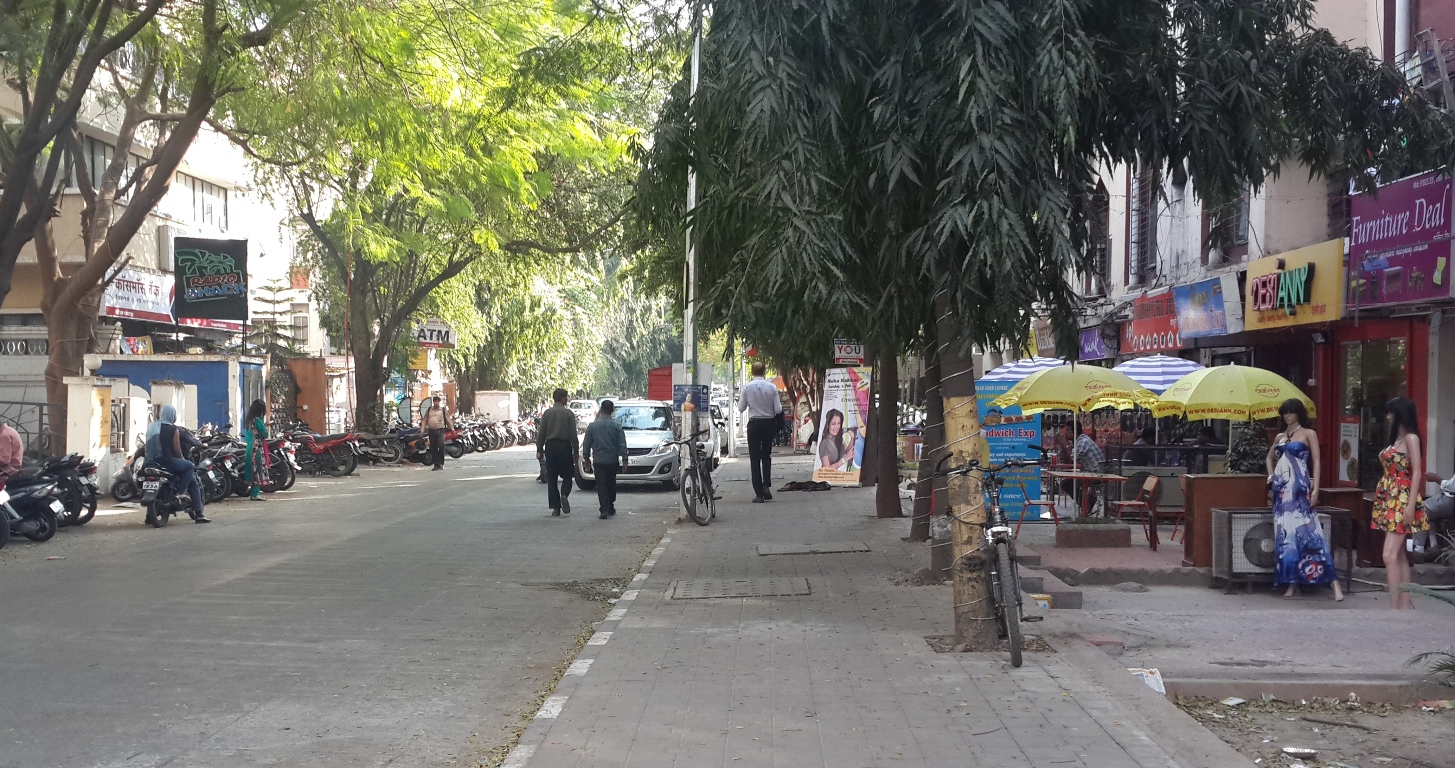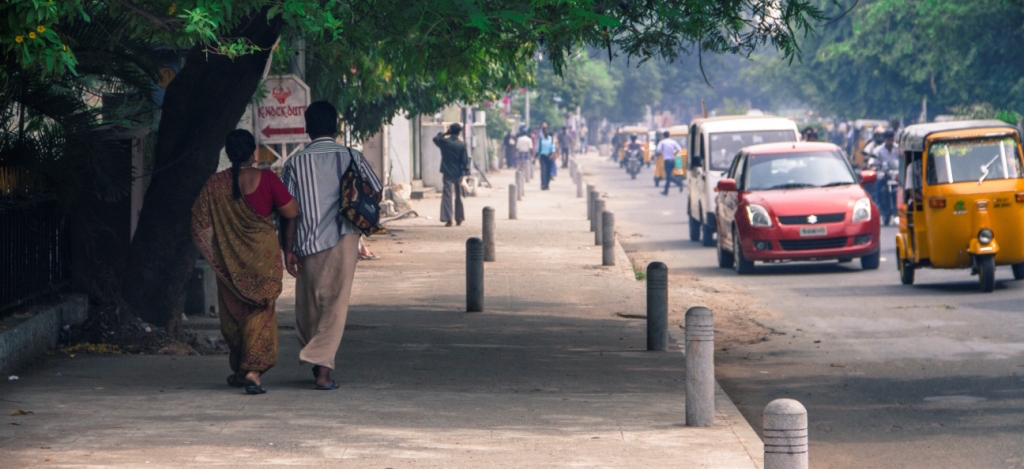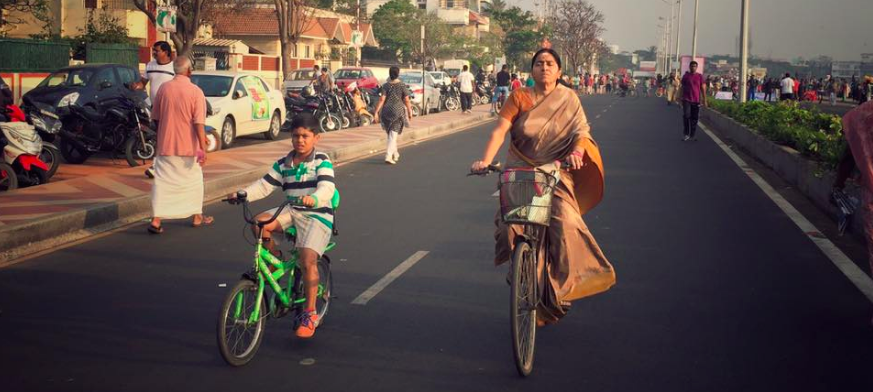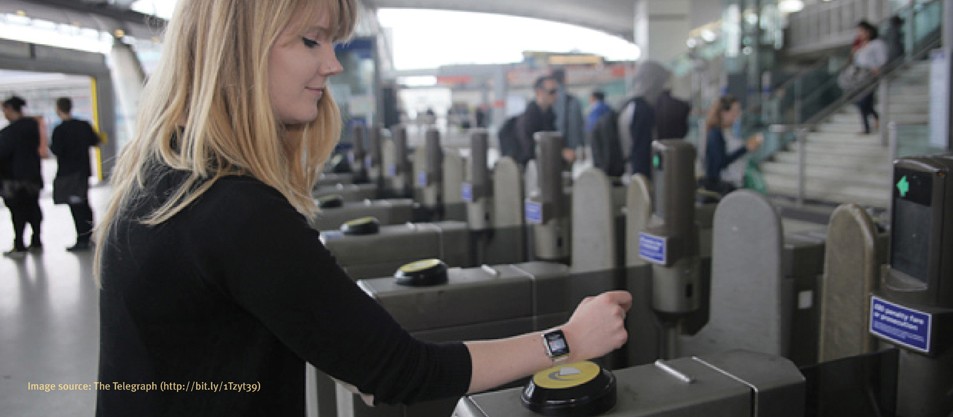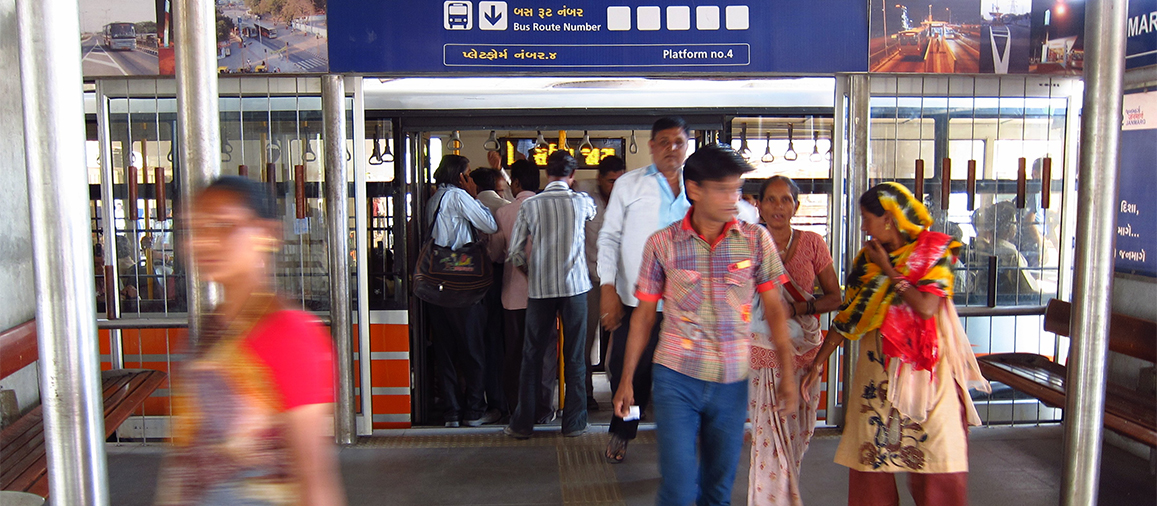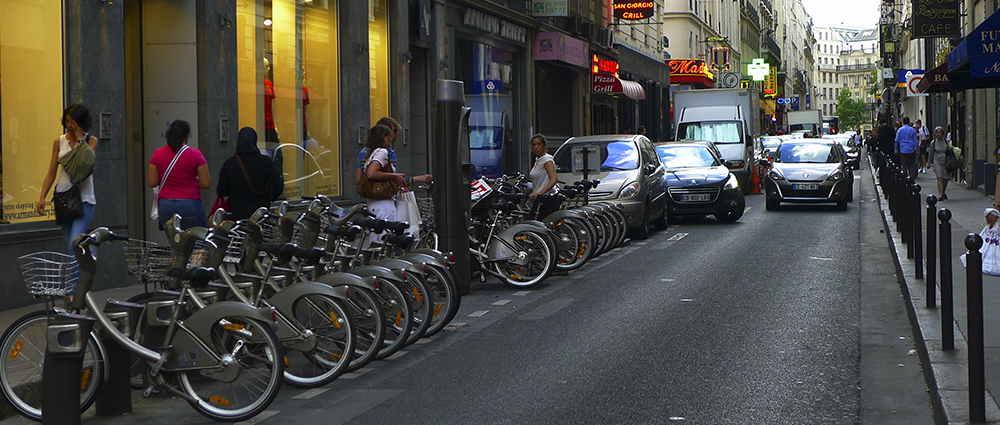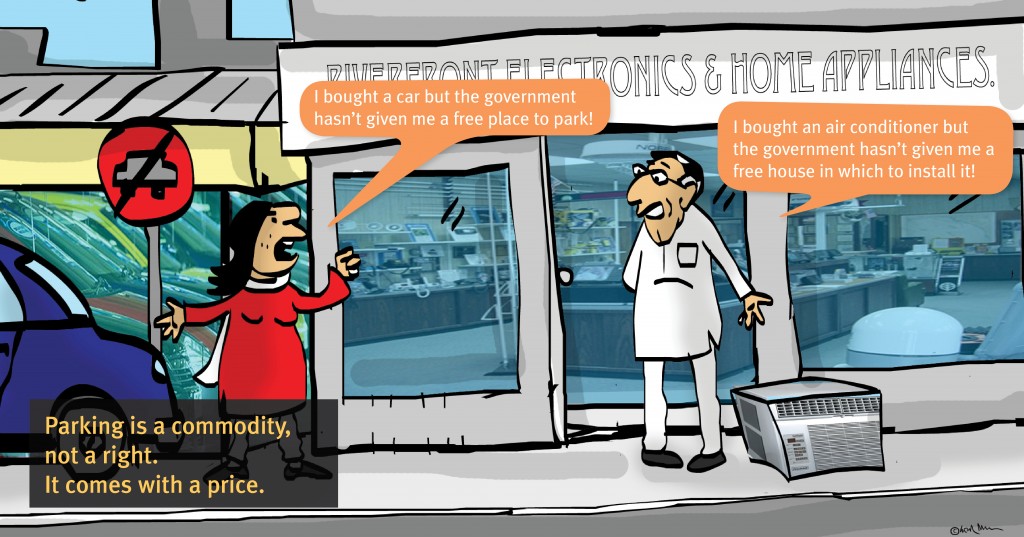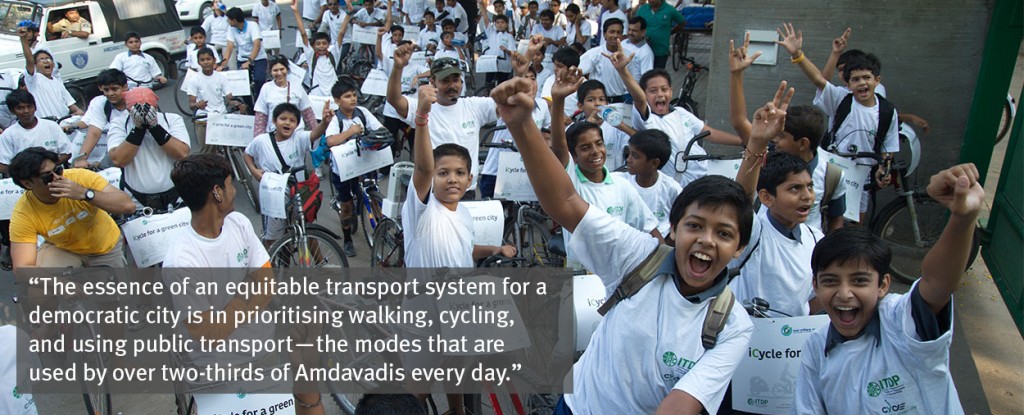Like many Indian cities, Pune is witnessing a spurt in urban growth that is also accompanied by growth in private vehicle ownership. The Regional Transport Office in Pune registers almost 500 new vehicles every day. With such explosive growth in the number of automobiles, the demand for parking escalates, resulting in footpaths and available open spaces being swallowed by formal or informal parking lots.

To address these concerns, Pune has proposed a parking policy that focuses on the need to shift people away from cars, towards public transport modes. It acknowledges that creating excessive, cheap parking to keep up rising demand doesn’t solve parking problems. Instead, the policy discourages free parking, and calls for differential parking rates pegged to demand. By stressing that users pay directly for parking, the policy discourages direct and indirect public subsidies for private vehicle use and ensures that personal motor vehicle users bear the full cost of driving.
A zone-based approach to parking management
Demand for parking spaces is affected by a host of factors such as location, surrounding land-use, economic activity and traffic volumes. City centres and business districts often see high demand for parking as compared to other areas. In the zone-based approach proposed in this policy, Pune will be divided into 4 parking zones, each with their own parking rules and rates.
Zone A includes the central areas of Pune. As intense development is expected around transit corridors in the future, transit influence zones are also demarcated for better parking management. Areas close to rapid transit, located within 100 metres around of mobility corridors are designated as Zone B while Zone C includes areas located from 100 to 500 metres of transit corridors. Others areas are designated as Zone D.

Proposed parking zones in Pune
Pricing parking to manage demand
To manage demand for parking, encourage efficient use of parking facilities, address specific parking problems and ensure that the parking is available for intended users, the policy proposes various pricing strategies. As cars occupy more road space compared to motorcycles, base parking rates for cars are proposed to be 4 times that of two-wheelers.
As parking demand varies by time of day as well as day of the week, the policy calls for rates to be determined considering these factors as well. By stating that parking must be charged proportional to the amount of time parked, the policy discourages discounts for longer-term parking.
Parking rates also vary based on the zones in which the vehicle is parked in. Zones with high parking demand are proposed to have higher parking rates. Lower parking rates are proposed in Zone D that includes residential and other areas not served by transit. For instance, parking a car on-street in Zone A would cost Rs 71 per hour whereas parking it in Zone D would cost Rs 30 per hour. To encourage people to use off-street parking facilities where available, off-street parking rates are proposed to be lower than on-street parking rates in the same zone.

Parking rates vary by vehicle type and location of parking spot. (Left) Areas of high parking demand have higher on-street parking rates. (Right) Off-street parking rates are lower than on-street parking rates in the corresponding zone.
The policy uses pricing strategies as a tool to encourage walking, cycling and public transport. Cycles are exempt from parking charges at all locations in the city. As auto rickshaws and taxis are important means of providing last mile connectivity to and from transit hubs, these vehicles too are exempt from parking charges, provided that they are parked in dedicated parking slots meant for them.
Framework to implement reforms
Successful implementation of customer-oriented, parking management systems require detailed planning and coordination between various agencies. In addition to day-to-day operations, communicating the benefits of parking management to the public is crucial. In this regard, the policy recommends creation of a Parking Management Cell, chaired by the Municipal Commissioner and supported by a team of competent professionals, who will be responsible for planning, implementation and overseeing parking operations in the city.
Many cities around the world have successfully used parking revenue to improve transit options. Barcelona used surplus revenue from on-street parking fees to fund its cycle sharing system. Several boroughs in London use revenue from parking to subsidize public transport passes for the disabled and the elderly. In keeping with these best practices, Pune’s draft parking policy also recommends channeling surplus revenue from parking to a dedicated public transport and non-motorised transport fund to create better facilities for walking, cycling and public transport.
With such provisions, Pune’s progressive policy not only addresses issues related to parking, but also strives to create a better urban environment centered around people, rather than vehicles.
Read the draft policy here: Suruvath: Public Parking Policy 2016.
Discover the basics of parking management and regulation in ITDP’s publication, Parking Basics.




